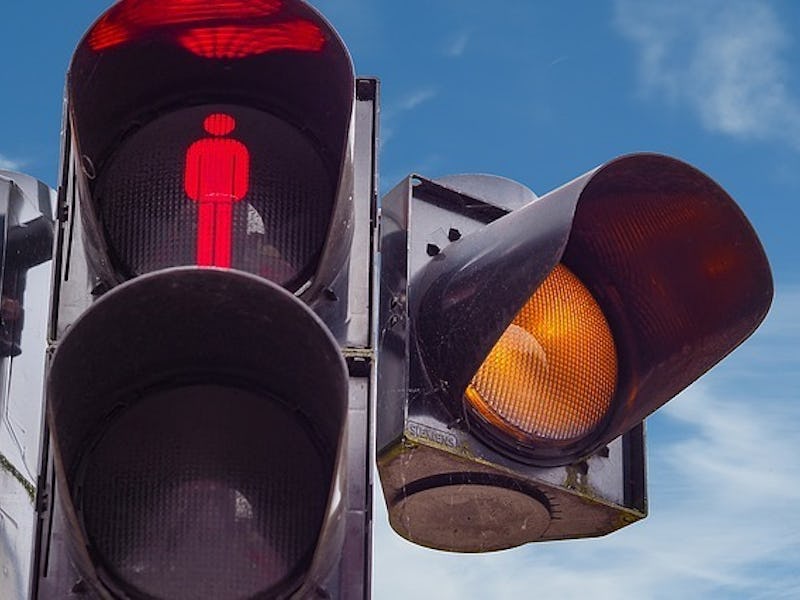A startup found that its A.I.-powered traffic lights could dramatically reduce driving time. Surtrac’s prototype was able to reduce traffic wait times by nearly half, leading to a 25 percent reduction in overall journey time. Now, the company is setting its sights on a future where lights communicate with cars.
The system aims to take traffic data, and build a plan “that moves all the vehicles it knows about through the intersection in the most efficient way possible,” Stephen Smith, professor of robotics at Carnegie Mellon University, told an audience at last week’s White House Frontier Conference, according to IEEE Spectrum.
It does this by measuring cameras and radar at each intersection, using the data to change both the lights at that crossing, as well as the lights further down the street. Each set of lights is making its own decisions, and passing that data on: unlike other systems, this one is not centralized.
Pittsburgh was the first city to receive Surtrac's system.
Surtrac installed a prototype version in Pittsburgh’s East Liberty area in 2012. Since then, it found traffic wait times decreased by 40 percent. The team is also working with the port authority, to prioritize buses, to increase public transportation efficiency.
In the coming years, self-driving cars may render traffic lights obsolete altogether. AT&T is working with its partners on 5G networks that will allow these cars to communicate upcoming obstacles in real time, prioritizing data vital to the vehicle’s performance. With networks like these in place, it may become more efficient to have cars tell each other that it’s probably best to slow down or stop, creating their own decentralized network of traffic management.
Surtrac may adapt to these coming technologies, as the firm has plans to fit 24 intersections with radio transmitters that can communicate with cars. The upgrades, which will roll out in 2017, could pave the way for a future where traffic lights act more as beacons for the city, transferring data that keeps roads moving efficiently.
